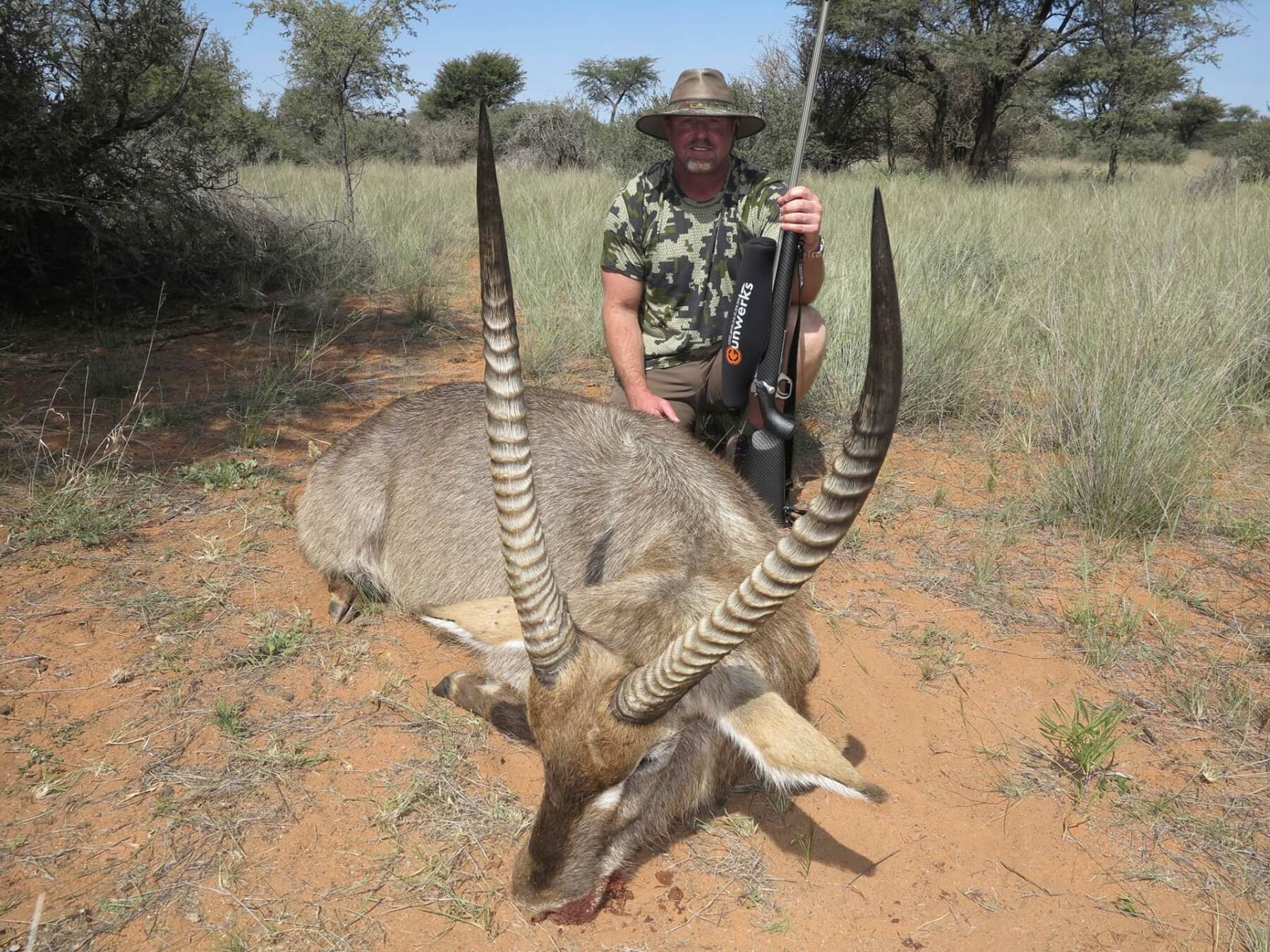Waterbuck are rather sedentary in nature. A gregarious animal, the waterbuck may form herds consisting of six to 30 individuals. These groups are either nursery herds with females and their offspring or bachelor herds. Males start showing territorial behaviour from the age of five years, but are most dominant from the age of six to nine. The waterbuck cannot tolerate dehydration in hot weather, and thus inhabits areas close to sources of water.
Predominantly a grazer, the waterbuck is mostly found on grassland. In equatorial regions, breeding takes place throughout the year, but births are at their peak in the rainy season. The gestational period lasts for seven to eight months, followed by the birth of a single calf.




